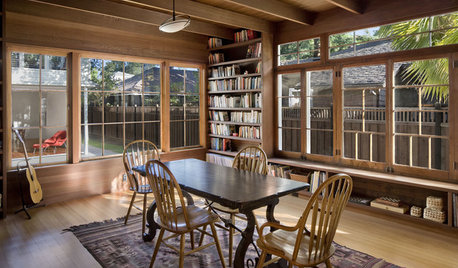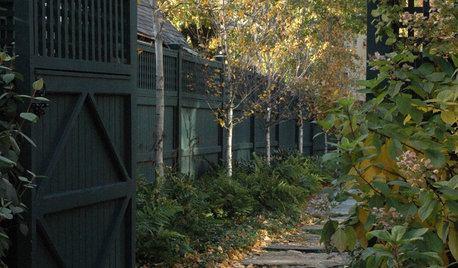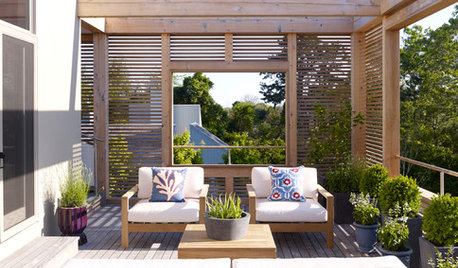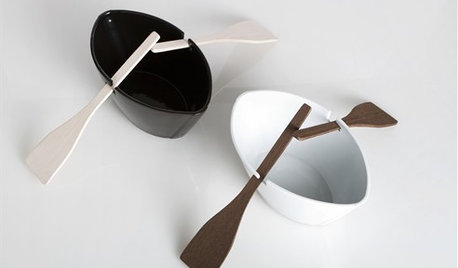The great debate!
pnbrown
11 years ago
Related Stories

REMODELING GUIDESReplace vs. Restore: The Great Window Debate
Deciding what to do with windows in disrepair isn't easy. This insight on the pros and cons of window replacement or restoration can help
Full Story
KITCHEN DESIGNUsing White Marble: Hot Debate Over a Classic Beauty
Do you love perfection or patina? Here's how to see if marble's right for you
Full Story
HOUSEKEEPINGDishwasher vs. Hand-Washing Debate Finally Solved — Sort Of
Readers in 8 countries weigh in on whether an appliance saves time, water and sanity or if washing by hand is the only saving grace
Full Story
GARDENING AND LANDSCAPING12 Great Fences and Gates
Add Texture and Structure to your Garden With Fences with Flair
Full Story
GARDENING AND LANDSCAPINGWhat to Know Before You Buy Teak Outdoor Furniture
Learn about finishes, weathering, care and that age-old oil debate to get the teak furnishings that suit you best
Full Story
DECORATING GUIDES8 Qualities of Great Interior Design
We identify some elusive attributes of excellent interiors to get you past "I know it when I see it"
Full Story
DINING ROOMS40 Great Gifts for Dining and Entertaining
Houzz Gift Guide 2010: Hot Ideas for Design-Loving Hosts
Full Story
HOW TO PHOTOGRAPH YOUR HOUSEAttract Home Buyers Easily With Great Photography
Show your home's best face in real estate listing photos to have potential buyers knocking down your door
Full Story








gumby_ct
nc_crn
Related Professionals
Canton Landscape Architects & Landscape Designers · Piqua Landscape Architects & Landscape Designers · Roosevelt Landscape Architects & Landscape Designers · Saint Matthews Landscape Architects & Landscape Designers · Commack Landscape Contractors · Danvers Landscape Contractors · Flagstaff Landscape Contractors · Mason Landscape Contractors · North Plainfield Landscape Contractors · Overland Park Landscape Contractors · Pine Hills Landscape Contractors · Welby Decks, Patios & Outdoor Enclosures · Huntington Decks, Patios & Outdoor Enclosures · Kernersville Decks, Patios & Outdoor Enclosures · Kyle Decks, Patios & Outdoor Enclosuresgardenlen
wayne_5 zone 6a Central Indiana
Laurel Zito
pnbrownOriginal Author
nil13
Kimmsr
pnbrownOriginal Author
Raw_Nature
Raw_Nature
nc_crn
ken1
nc_crn
pnbrownOriginal Author
david52 Zone 6
nil13
tishtoshnm Zone 6/NM
wayne_5 zone 6a Central Indiana
gardenlen
toxcrusadr
nc_crn
luckygal
david52 Zone 6
wayne_5 zone 6a Central Indiana
jasonwipf
jasonwipf